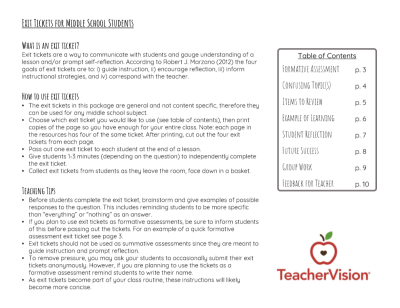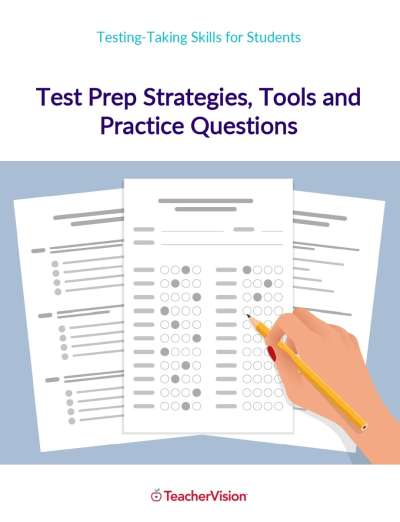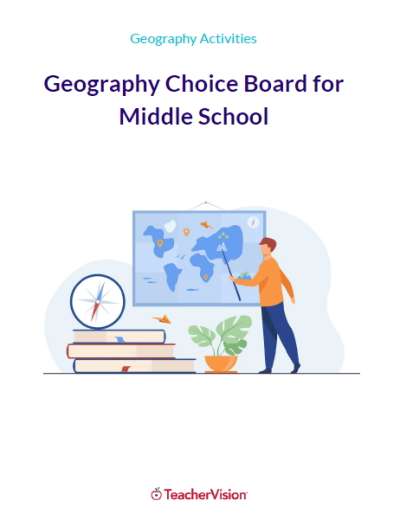Story Elements
What Is It?
Commonly identified elements of a story include plot, character, setting, and theme. The plot usually revolves around a problem or conflict that is presented at the beginning of the story and resolved at the end. The ability to identify the elements of a story aids in comprehension, leads to a deeper understanding and appreciation of stories, and helps students learn to write stories of their own.
A graphic organizer, such as a story map, can help students visually organize a story's elements, increasing their ability to retell, summarize, and comprehend the story.
Why Is It Important?
Discerning the way reading material is organized is important to comprehension. According to Dickson, et al. (1998), teaching narrative text organization, using characters, a setting, problems, solutions to the problems, and so on, gives students a frame of reference for processing and storing information. Irvin (1998) identifies "awareness of text structures" as an important metacognitive skill.
How Can You Make It Happen?
Begin talking with students about story elements as early as preschool, and continue through middle and high school. The experiences and background of the students should determine the depth of the discussion and the detail of the graphic organizer that you use, should you choose to use one. Organizers can be quite sophisticated. Some story elements for older students can include: plot, conflict, resolution, theme, atmosphere, rising action, climax, and turning point.
For emergent readers, introduce the elements of a story that students are familiar with, such as a favorite fairy tale, and define each element.
Characters: Who is in the story?
Setting/Place: Where does the story take place?
Time: When does the story happen?
Problem: What is it that one or more characters wants to do or wants to happen by the end of the story?
Events: What happens in the story that helps the characters solve the problem?
Tell students that all stories have the same elements, and identifying these elements can help to increase their understanding of the story. For students new to this strategy, choose stories with clear problems and solutions. As students' comprehension increases, introduce more complex stories to promote critical-thinking skills.
For emergent readers, read the text aloud to them, stopping at key points to discuss the information and ask and answer questions. Complete the graphic organizer as a collaborative classroom activity by thinking aloud to help students identify each element.
Once students are familiar with the process, either read the text aloud to them, or have them read on their own. Ask guiding questions related to story elements in addition to specific content questions.
Who are the main characters in the story? How would you describe them?
What is the setting of the story (where and when does it take place)?
What is the central problem of the story? How is it solved?
How does the author want us to feel after reading the story?
Students may complete the graphic organizer in groups, independently, or as a class. The graphic organizer can be used to make predictions or as a discussion tool.
As students become more competent with identifying story elements, increase the sophistication of the graphic organizer or add components such as the theme or resolution.






